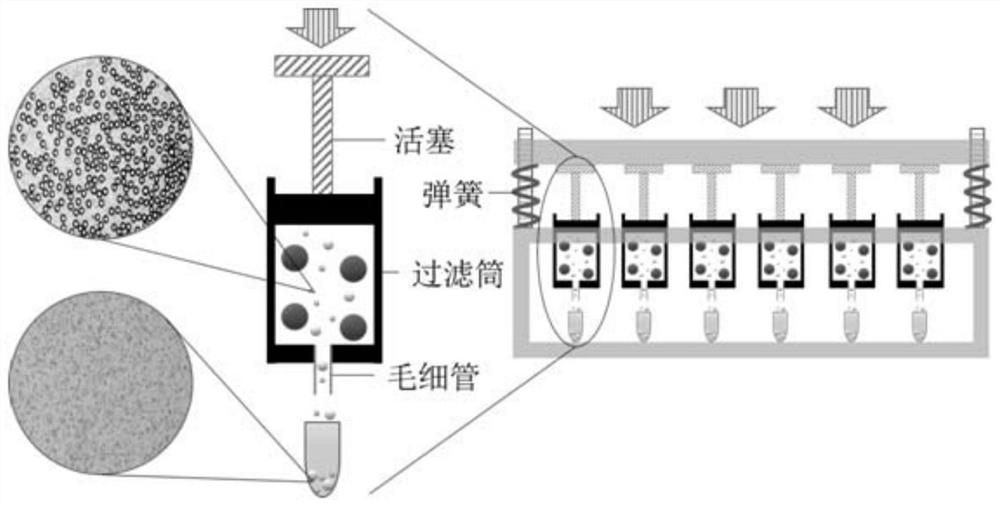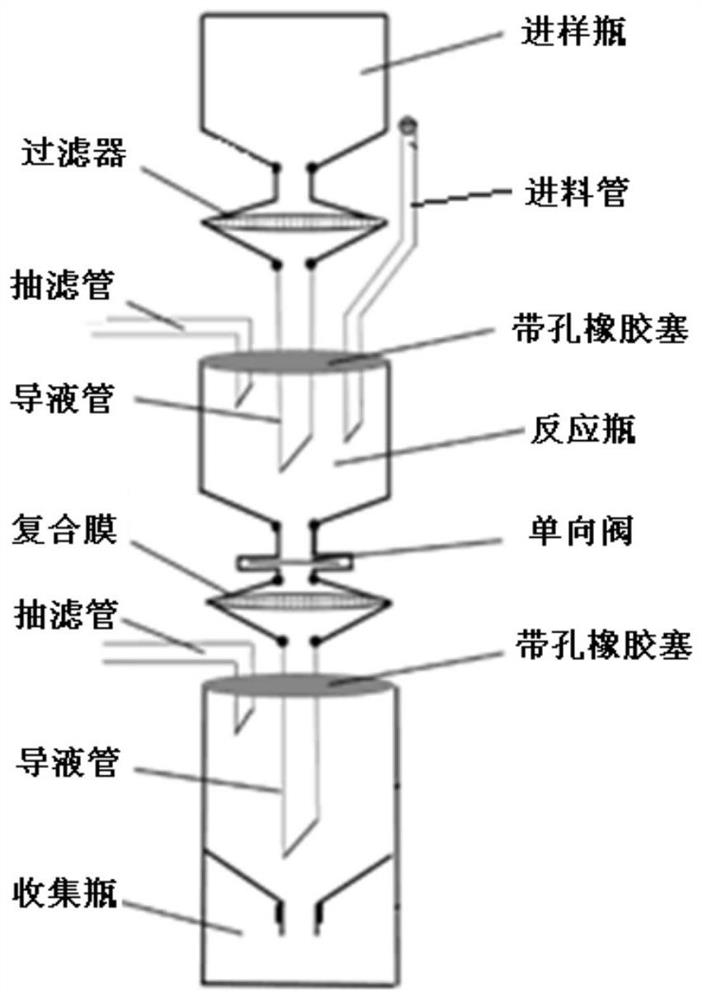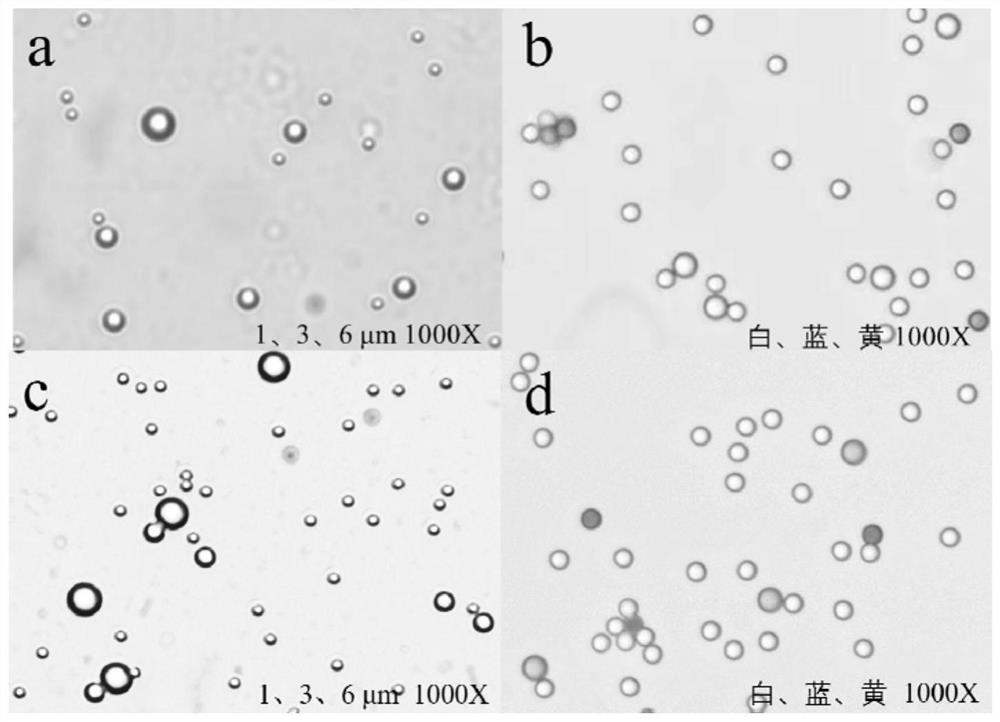Biochemical analysis method for simultaneously detecting multiple target objects
A technology for biochemical analysis and target objects, applied in the field of biochemical analysis, can solve problems such as cumulative errors, lower analysis efficiency, and inability to realize simultaneous detection of multiple targets, and achieve the effects of fast speed, improved analysis efficiency, and fast recognition speed
- Summary
- Abstract
- Description
- Claims
- Application Information
AI Technical Summary
Problems solved by technology
Method used
Image
Examples
Embodiment 1
[0064] Example 1 Detection of various inflammatory markers in blood by capillary separation
[0065] The sandwich immunoassay was used to detect four inflammatory markers interleukin 6 (IL-6), procalcitonin (PCT), C-reactive protein (CRP) and serum amyloid (SAA) in blood samples. its principle Figure 4Shown: PS microspheres with a particle size of 50 μm are used as the carrier, and the surface is modified with capture antibodies corresponding to IL-6, PCT, CRP, and SAA; 1 μm red PS microspheres, 1 μm blue PS microspheres, and 3 μm red PS microspheres are used. Microspheres and 3 μm blue PS microspheres are signal probes, which are coupled with detection antibodies corresponding to IL-6, PCT, CRP, and SAA, respectively. When the target exists, the capture antibody modified on the surface of the carrier, the target, and the detection antibody modified on the surface of the signal probe will form a sandwich complex, resulting in PS microspheres with a particle size of 50 μm and...
Embodiment 2
[0092] Example 2 Multivariate detection of Salmonella, Listeria monocytogenes and Staphylococcus aureus by composite membrane separation method
[0093] Multiple detection of Salmonella, Listeria monocytogenes and Staphylococcus aureus by DNA hybridization reaction, principle Figure 5 Shown: PS microspheres with a particle size of 50 μm are used as carriers, and the surface is modified with capture probes corresponding to Salmonella, Listeria monocytogenes, and Staphylococcus aureus; 1 μm, 3 μm, and 6 μm PS microspheres are used as signal probes , respectively coupled with detection probes corresponding to Salmonella, Listeria monocytogenes, and Staphylococcus aureus. When the target exists, the capture probe modified on the surface of the carrier, the target, and the detection probe modified on the surface of the signal probe will form a complex through DNA hybridization, resulting in PS microspheres with a particle size of 50 μm and different particles. The diameter of the...
PUM
| Property | Measurement | Unit |
|---|---|---|
| Particle size | aaaaa | aaaaa |
| Particle size | aaaaa | aaaaa |
| Particle size | aaaaa | aaaaa |
Abstract
Description
Claims
Application Information
 Login to View More
Login to View More - R&D
- Intellectual Property
- Life Sciences
- Materials
- Tech Scout
- Unparalleled Data Quality
- Higher Quality Content
- 60% Fewer Hallucinations
Browse by: Latest US Patents, China's latest patents, Technical Efficacy Thesaurus, Application Domain, Technology Topic, Popular Technical Reports.
© 2025 PatSnap. All rights reserved.Legal|Privacy policy|Modern Slavery Act Transparency Statement|Sitemap|About US| Contact US: help@patsnap.com



